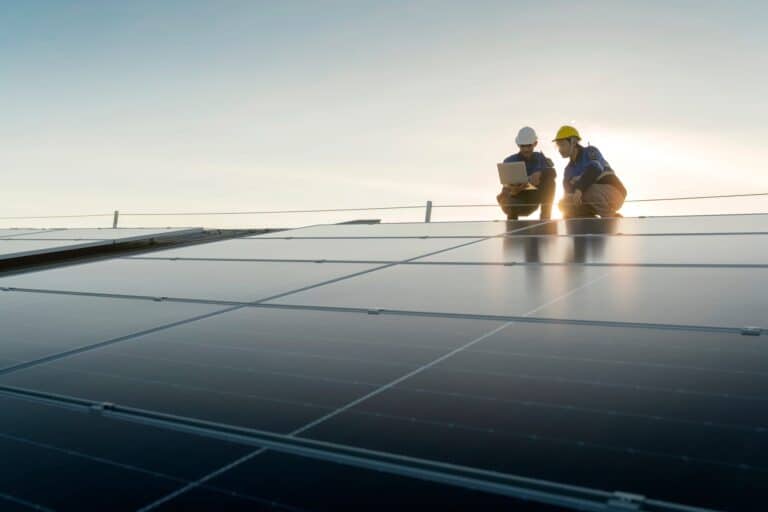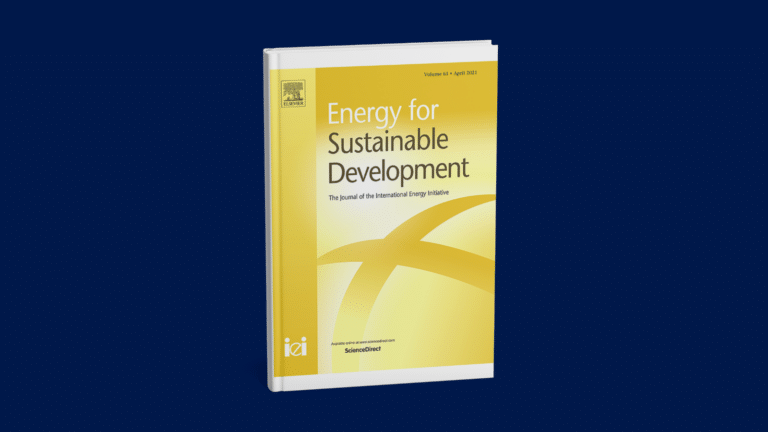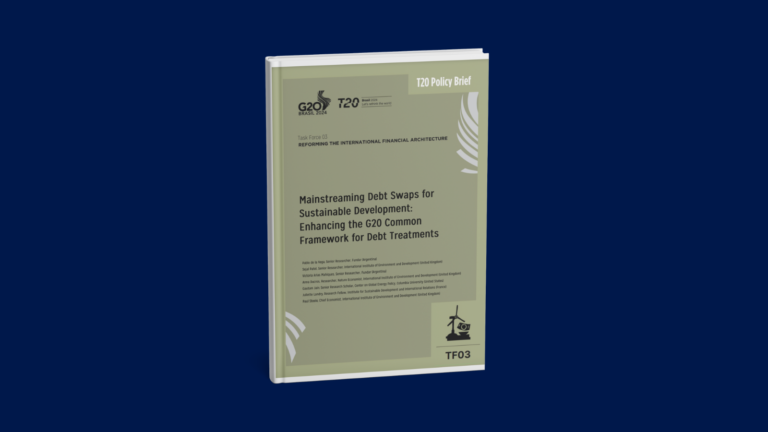China Halts U.S. LNG Imports Amid Tariff War
China has ceased importing liquefied natural gas from the United States since early February, as the ongoing tariff war impacts energy trade.
Current Access Level “I” – ID Only: CUID holders, alumni, and approved guests only
Insights from the Center on Global Energy Policy
This Energy Explained post represents the research and views of the author. It does not necessarily represent the views of the Center on Global Energy Policy. The piece may be subject to further revision. Contributions to SIPA for the benefit of CGEP are general use gifts, which gives the Center discretion in how it allocates these funds. Rare cases of sponsored projects are clearly indicated.
For a full list of financial supporters of the Center on Global Energy Policy at Columbia University SIPA, please visit our website at Our Partners. See below a list of members that are currently in CGEP’s Visionary Circle. This list is updated periodically.
The developing world has been hit hard by the fragility of the nitrogen fertilizer supply chain, a vulnerability exposed by various recent events perturbing the global economy,[1] most notably Russia’s invasion of Ukraine. A major impact of this conflict is its contribution to the world’s growing levels of food insecurity. According to the World Food Programme’s estimates,[2] around 345 million people worldwide continue to cope with high levels of food insecurity as of 2023, which represents a surge of 200 million people vis-à-vis the numbers registered before the Covid-19 pandemic.
Africa and Latin America are both vulnerable to global headwinds affecting the price and supply of nutrients, although when it comes to fertilizer use, they are at opposite ends of the spectrum. In Latin America, use of nitrogen fertilizers is closer to the world’s average. Globally and regionally, Brazil, Argentina, and Mexico are among important agricultural producers, but a lesser-known fact about these countries is that their crop yields (and food security) are heavily tied to imports of nutrients, especially nitrogen fertilizers from Russia.
Africa faces its own and somewhat different set of challenges that, in fact, illustrate a more adverse context. In addition to being impacted by global supply bottlenecks and price hikes, the continent is experiencing worrying levels of food insecurity,[3] partly a result of low crop yields and low fertilizer use rates.
In light of the importance of food security, especially for developing and least advanced countries, and the urge to reduce emissions, the nexus between both topics will be a key part of the agenda at the upcoming 2023 United Nations Climate Change Conference (COP28) in the United Arab Emirates.[4] In this article, the authors discuss the importance of addressing the nitrogen fertilizer crisis facing developing countries—and the dilemma it presents. Increasing domestic fertilizer production is an objective worth considering seriously in the developing world for mitigating food insecurity; at the same time, there are concerns about whether this objective can be achieved in line with the commitment to tackle greenhouse gas emissions.
Capital and policy constraints have prevented Latin American countries from taking advantage of their natural gas resources[5] and hindered the creation of a nitrogen fertilizer industry, leading the region to source most of the nutrients demanded by its enormous agricultural sector from abroad. Thanks to growing domestic demand and higher international prices, the value of nitrogen fertilizer imports in Latin America’s 10 largest markets[6] soared to US $8,652 million in 2021, up from US $3,436 million in 2016 (Figure 1)—with Russia, the world’s top exporter (2021),[7] emerging as the most important supplier to the region.[8]
Brazil’s role as one of the most important suppliers of foodstuff globally is overshadowed by the sheer scope of its dependency on fertilizer imports, estimated at 85 percent of domestic consumption. Brazil’s dependence on imports of nutrients is considered a threat to the world’s food security.[9] Former president Jair Bolsonaro visited the Kremlin to discuss fertilizer sales just days before the invasion of Ukraine.[10]
Mexico faces similar challenges. Despite access to low-priced natural gas from the US, Latin America’s second-largest economy does not have a comprehensive set of policies to expand nitrogen fertilizer production and, as a result, relies mostly on imports to meet its local needs. The current government seeks to ramp up production of ammonia and urea at state-owned plants,[11] but so far its efforts are limited to a government social program basically designed to provide small farmers with fertilizers at no cost.[12]

Africa has also felt the pinch of higher international prices. In its 10 largest markets[13] (Figure 2), the value of imports increased from US $891 million in 2016 to US $1,893 million in 2021.
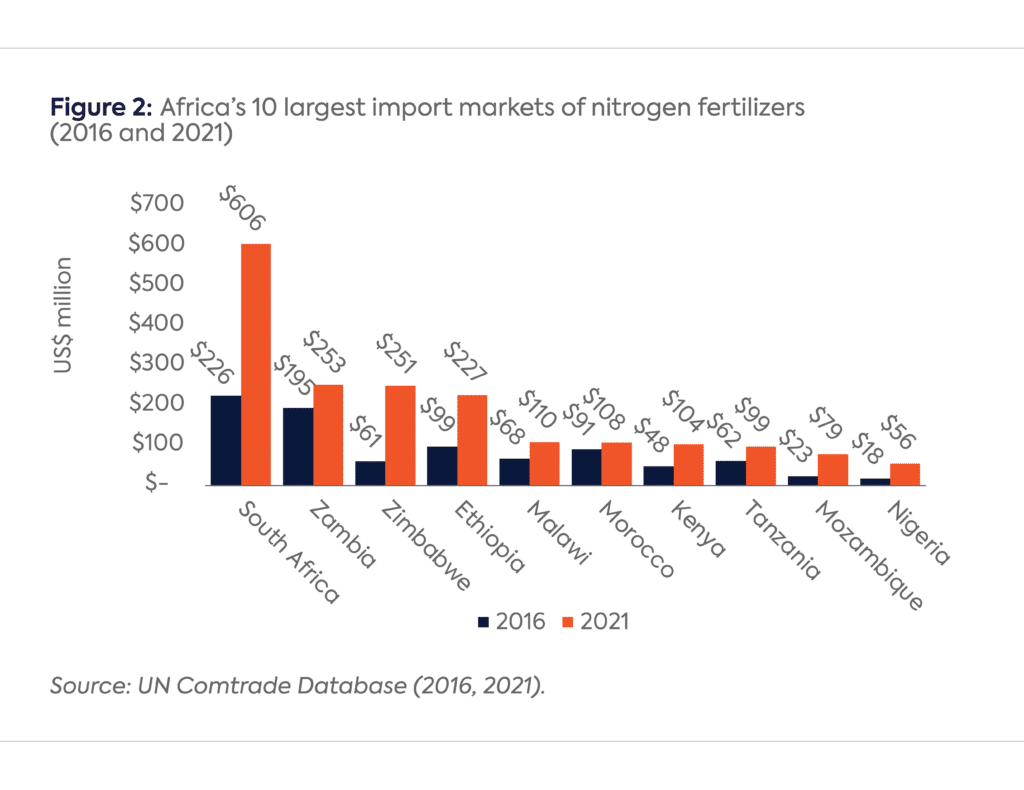
This reality is especially worrisome in several African countries, where fertilizer use per hectare of cropland is a fraction of the world’s average (Figure 2) and, as a result, crop yields are inadequate to meet the food requirements of the local population.
Africa has struggled with this for a long time. In 2006, the Abuja Declaration[14] called for the increase of fertilizer use to at least 50 kilograms (kg) per hectare by 2015, but that goal remains elusive as access to affordable fertilizers continues to be out of reach for most farmers (Figure 3). In 2020, while the world applied an average of 129 kg of fertilizers per hectare of cropland, of which 73 kg corresponded to nitrogen fertilizers, the African average amounted to just 26 kg, 16 kg of which were nitrogen fertilizers. In some countries such as Uganda, Togo, the Democratic Republic of Congo, Namibia, Burundi, Angola, Eritrea, Madagascar, Cameroon, and Gabon, the combined value of all nutrients ranged from just 1 to 16 kg.[15]
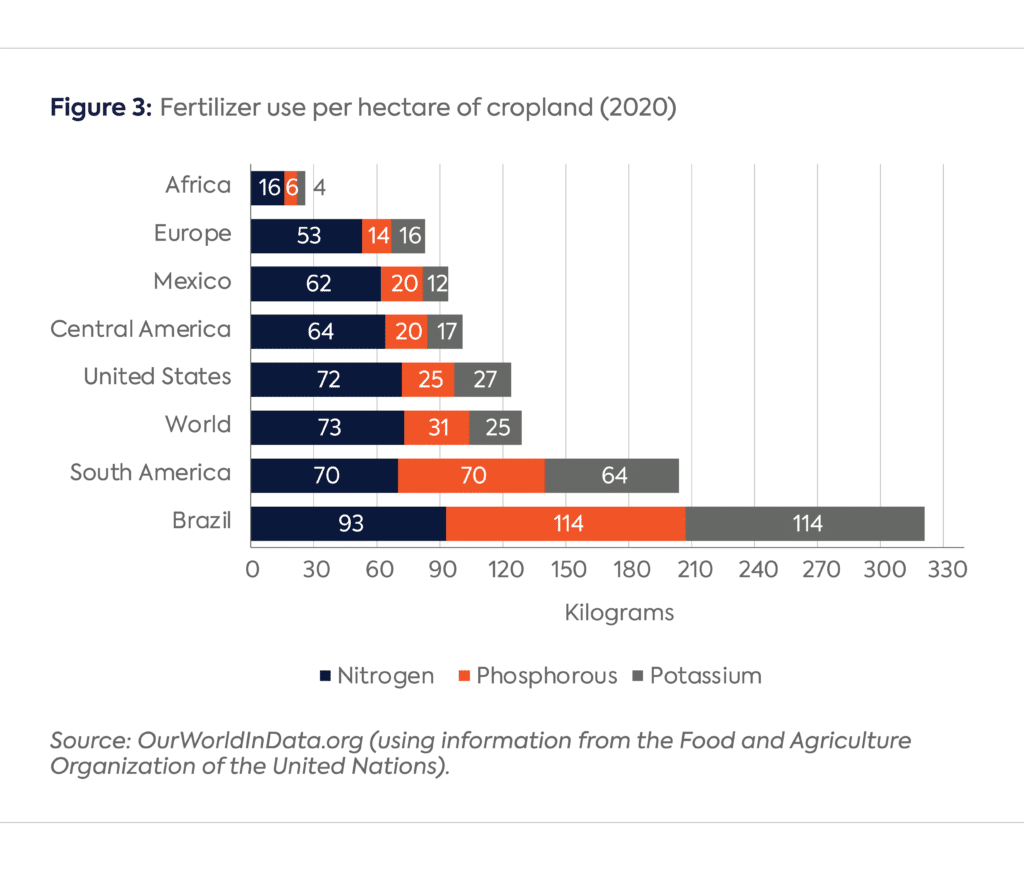
Increasing domestic fertilizer production in the developing world is an objective worth considering seriously, even if the drivers to pursue it vary from case to case. For certain countries in Latin America, it may help strengthen their regional and global influence as food suppliers. But in Africa’s case, the impact can be broader, from tackling famine and reducing the high levels of food insecurity to even creating jobs and lifting people out of poverty.[16]
Countries in Africa and Latin America are endowed with significant natural gas and renewable resources that they can potentially use to meet their food and energy security goals without imperiling their commitments as signatories to the Paris Agreement. This will be the subject of the authors’ next Energy Explained article.
CGEP’s Visionary Circle
Corporate Partnerships
Occidental Petroleum Corporation
Tellurian Inc
Foundations and Individual Donors
Anonymous
Anonymous
the bedari collective
Jay Bernstein
Breakthrough Energy LLC
Children’s Investment Fund Foundation (CIFF)
Arjun Murti
Ray Rothrock
Kimberly and Scott Sheffield
[1] John Baffes & Wee Chian Koh, “Soaring Fertilizer Prices Add to Inflationary Pressures and Food Insecurity Concerns,” World Bank blogs, November 15, 2021, https://blogs.worldbank.org/opendata/soaring-fertilizer-prices-add-inflationary-pressures-and-food-security-concerns.
[2] World Food Programme, “A Global Food Crisis,” 2023, https://www.wfp.org/global-hunger-crisis. The World Food Programme also estimates that “as many as 828 million people are unsure of where their next meal is coming from.”
[3] Especially in countries like Burkina Faso, Mali, Somalia, and South Sudan, according to the World Food Programme.
[4] COP28 UAE, Thematic program, https://www.cop28.com/en/thematic-program.
[5] Adrian Lara and Marcelo de Assis, “Gas Resources in Latin America: The Challenges to Development,” Wood Mackenzie, May 3, 2023, https://www.woodmac.com/news/opinion/gas-resources-latin-america/.
[6] Based on the value of imports in US $ millions in 2021.
[7] According to the UN Comtrade Database, Russia stood as the world’s largest exporter of nitrogen fertilizers in four of the five years leading to 2021.
[8] In 2021, Russia was the main import partner for eight of the ten largest importers of nitrogen fertilizers in Latin America (Figure 1). In the case of Argentina and Chile, their top suppliers were Egypt and China, respectively. UN Comtrade Database, “Imports of Nitrogen Fertilizers per Country, 2021,” https://comtradeplus.un.org/TradeFlow.
[9] Ana Mano, “Brazil Too Important a Food Producer to Depend on Fertilizer Imports, Industry Says,” Reuters, August 23, 2022, https://www.reuters.com/world/americas/brazil-too-important-food-producer-depend-fertilizer-imports-industry-says-2022-08-23/.
[10] Reuters, “Bolsonaro Says He Told Brazil Supports Peaceful End to Ukraine Crisis,” February 16, 2022, https://www.reuters.com/world/bolsonaro-says-brazil-keen-russian-nuclear-reactors-no-mention-ukraine-2022-02-16/.
[11] Pemex, “Business Plan 2023-2027,” https://www.pemex.com/acerca/plan-de-negocios/Documents/pn_2023-2027_total.pdf.
[12] The current government is rehabilitating state-owned ammonia and urea plants, but production is being destined to social programs to support small farmers with up to 600 kilograms at no cost. Gobierno de México, “Fertilizantes para el bienestar llega a 32 estados,” blog, January 5, 2023, https://www.gob.mx/agricultura/articulos/fertilizantes-para-el-bienestar-llega-a-los-32-estados.
[13] Based on the value of imports in US $ millions in 2021.
[14] African Development Bank Group, “Abuja Declaration on Fertilizers for the African Green Revolution,” https://tinyurl.com/4twec5yw.
[15] Our World in Data, “Fertilizer Use per Hectare of Cropland, 2020,” https://tinyurl.com/bddb4jr3.
[16] Luc Christiaensen and Karen Brooks, “In Africa, More Not Fewer People Will Work in Agriculture,” World Bank Blogs, November 12, 2018, https://blogs.worldbank.org/jobs/africa-more-not-fewer-people-will-work-agriculture.
This Energy Explained post represents the research and views of the author. It does not necessarily represent the views of the Center on Global Energy Policy. The piece...

This Energy Explained post represents the research and views of the author. It does not necessarily represent the views of the Center on Global Energy Policy. The piece...
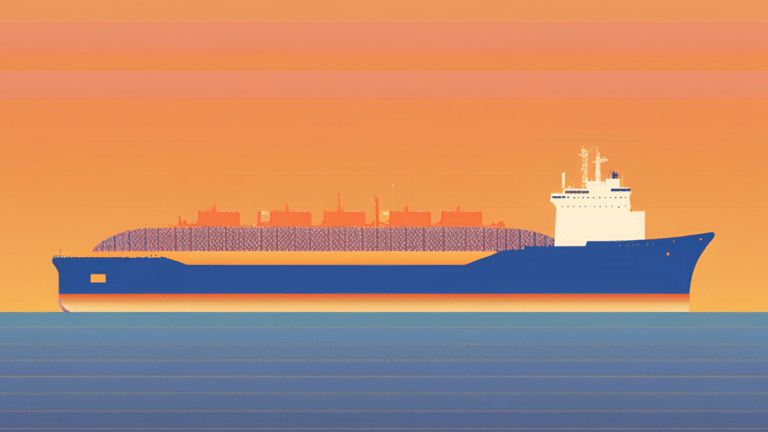
This Energy Explained post represents the research and views of the author. It does not necessarily represent the views of the Center on Global Energy Policy. The piece...
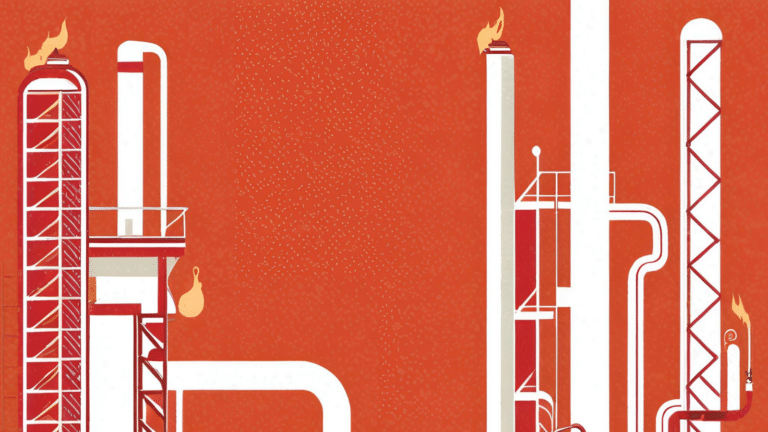
This Energy Explained post represents the research and views of the author. It does not necessarily represent the views of the Center on Global Energy Policy. The piece...
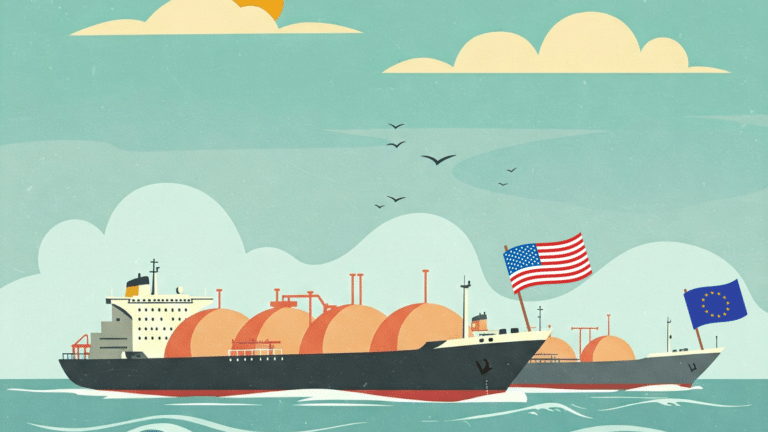
The Just Energy Transition Partnership (JETP) framework[1] was designed to help accelerate the energy transition in emerging market and developing economies (EMDEs) while embedding socioeconomic[2] considerations into its planning and implementation.
